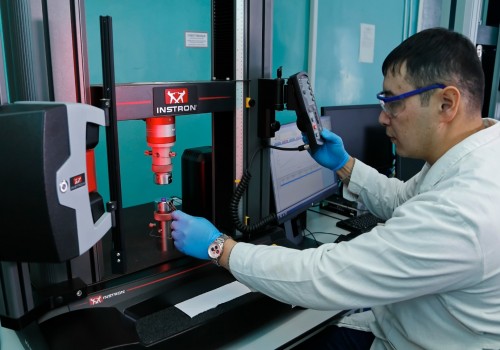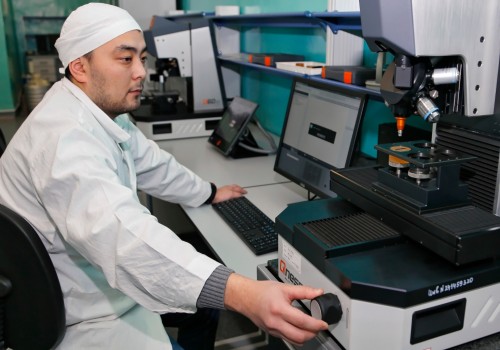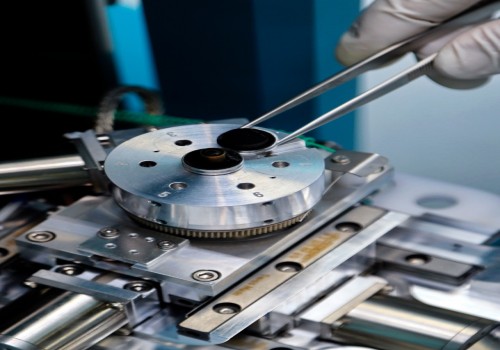
Over the years, National Nuclear Center of the RK carries out material researches for structure and fuel materials of nuclear and fusion reactors. The research results are highly appreciated by international scientific community.
To perform the research works, a material testing department was established at affiliation “Institute of atomic energy”, to include material-testing complex made of three laboratories, equipped with scientific research facilities, many of which are created in the NNC RK and have no analog in the world.
These laboratories are: laboratory for radiation material study (earlier – laboratory for thermal material testing), testing of structure and fuel materials, and in-channel tests.
The article provides details of laboratory for radiation material study established in 2005. At that time, oncoming procedure for BN-350 spent nuclear fuel disposition for long-term dry storage at “Baikal-1” CRR created a need for detailed study into behavior of spent fuel assemblies of nuclear reactors at long-term storage.

Within recent years laboratory was equipped with modern analytical and testing facilities. For instance, scanning electronic microscope Tescan Vega 3 with detectors of secondary and reflected electron, X-ray microanalyzer were procured, as well as automatic hardness gage Qness Q10A+, enabling to determine macro- and micro-hardness of different materials in a wide range of load (from 1 g to 10 kg) in fully automated loading and measurement mode allowing to exclude human factor.
The laboratory tasks significantly extended in course of time. At the present time, the laboratory employees provide program-methodic, technical and scientific supply to material testing and studies, starting from incoming control of research reactor fuel, to include comprehensive material studies into impact of reactor irradiation to structure materials’ physical and mechanical properties, to micro-structure and mechanisms of destruction, ending with post-test study of structure materials under conditions, imitating severe accidents. Besides, study covers candidate materials for fusion reactor first wall.

In order to establish scientific reserve for creating new research direction, analysis is being performed to find out a possibility to miniaturize test samples in order to get data concerning strength properties of high-active materials of spent fuel assemblies, candidate materials of fusion reactor first wall. Miniaturizing of test samples will make possible experimental evaluation of real structure material strength without loss of its operability.
NNC RK
